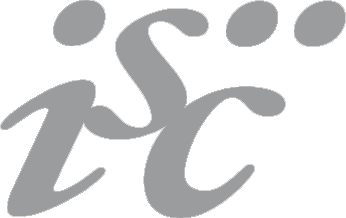Animal experimentation and experimental surgery
Role and objectives
The Animal Research Unit, also known as the Animal Research and Experimental Surgery Service, is divided into the following sections:
- Animal facility
- Experimental operating room
Both spaces are regulated by the internal regulations of the service, and it is necessary to complete standard operating procedures (SOPs) for each space, including use, duration of use, pertinent research project, etc. Both SOPs are available to researchers through the IIS-FJD website.
Animal facility
The main tasks of the facility are to house, raise, and maintain the different experimental animals, providing researchers with the animals necessary to carry out their projects.
These animals must be housed in conditions that adhere to Spanish legislation (Royal Decree 53/2013) for each species. Cages and housing modules must be kept in conditions that are environmentally sound and are conducive to optimal hygiene and health.
An experimental animal is a biological reagent, and as such must be provided with appropriate housing conditions so as to avoid unfavorable responses and anomalous experimental results.
Experimental operating room
The experimental operating room works mainly with researchers to develop and implement experimental models required for different lines of research as well as follow-up and collection of different biological samples for such models.
Surgeons use the room when training in:
- new surgical techniques (digestive surgery, thoracic surgery, urology, orthopedic surgery)
- testing new devices and surgical materials
Staff
|
Coordinator |
|
|
Staff |
|
Equipment
The facilities of the experimental operating room and animal housing area are properly equipped to house, raise, and maintain animals in accordance with legal requirements. The facilities also have the equipment necessary to prevent pain and suffering in the animals used.
Animals used
The number and species of animals used depends on the different lines of research to be carried out.
These research lines and projects have different sources of funding:
a) Private: Mainly agreements with the pharmaceutical industry and manufacturers of medical and surgical equipment.
b) Government-sponsored: Public-sector funding opportunities made available by governmental and government-sponsored entities.
In all cases, the APPLICATION for a research project using experimental animal models must adhere to the SOPs established by the IIS-FJD. According to this SOP, the project application needs to be approved by the CAEW, the Research committee, and Medical Director, and the hospital management. No experiments that do not fulfill these requirements may be carried out. If a request is approved by the funding body, the project's principal investigator must request that the legally authorized body provide approval and draft a report to be sent to the government of the region of Madrid. The regional government will then reach a decision. No research project that involves experimental animals may be carried out without the express consent of the regional government of Madrid.
The CAEW of the IIS-FJD became legally authorized to evaluate animal research projects in 2014.
Animal species
- Rodents:
- Mouse (different strains)
- Rat (different strains)
- Hamster
- Pigs: used primarily in experimental-surgery programs; efforts are made to make their stay as short as possible (normally not longer than 48 hours)
- New Zealand white rabbit
The type of animal used is always appropriate for the line of research pursued, and the number of animals involved is mentioned in the different projects. It is prohibited to use more animals than those necessary to carry out the project according to the terms approved by the CAEW and the competent review body.
In accordance with legally established norms, animals are ultimately sacrificed and the cadavers are removed by a legally authorized company.
Location
6th floor of the IIS-FJD










